Two Exhibitions at the Medieval Museum of Cluny in Paris celebrate the reopening of Notre Dame de Paris. One features the medieval sculptural legacy


Two Exhibitions at the Medieval Museum of Cluny in Paris celebrate the reopening of Notre Dame de Paris. One features the medieval sculptural legacy

Two Exhibitions at the Medieval Museum of Cluny in Paris celebrate the reopening of Notre Dame de Paris. One features the scriptural legacy.
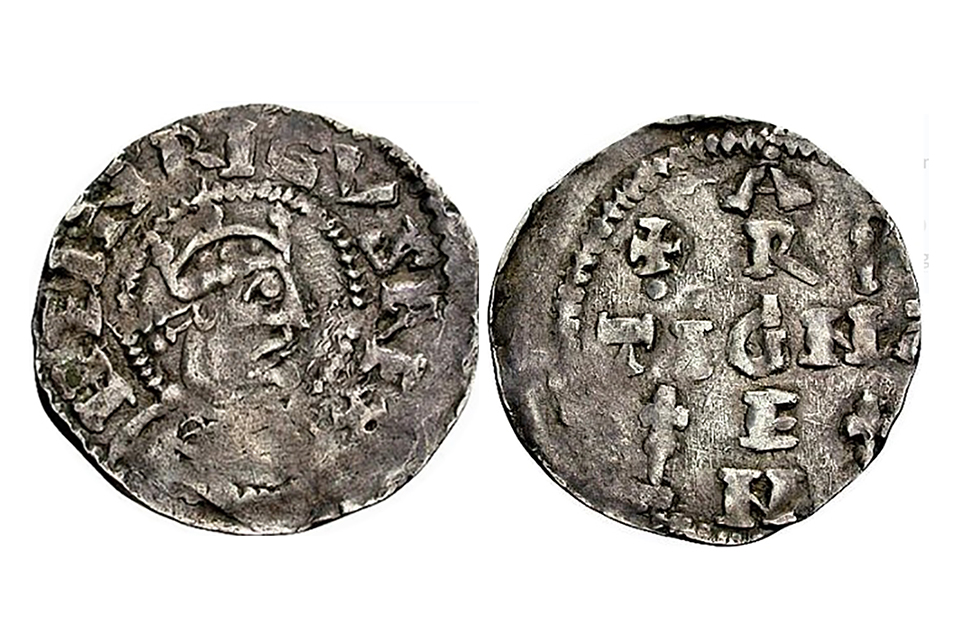
Following nearly a year of negotiations and wrangling, Henry II finally secured his position as King of Germany in the autumn of 1002. The following text is believed to have been personally dictatated by the King in January 1003 arguing his case

Charles Gilles le Bouvier (1355 - 1456) served as herald to the French King, Charles VII. In this role, he kept up the Grandes Chroniques while authoring several other important historical works.

Gilles le Bouvier (1386 -1455) was the senior herald to the French king, Charles VII. In his lifetime he wote a geographical treatise based on his travels. New English edition offers a fascinating view of Europe in the beginning of the 15th century

In the Early Middle Ages, kings were elected by their peers according to charisma, wealth and ability to wage wars. Later, however, rulership became dependant on dynastic succession and the endorsement of the Christian church. New research explores this shift in Poland and Norway

Since the fire in 2019, archaeologists have been busy uncovering the history of the medieval Cathedral
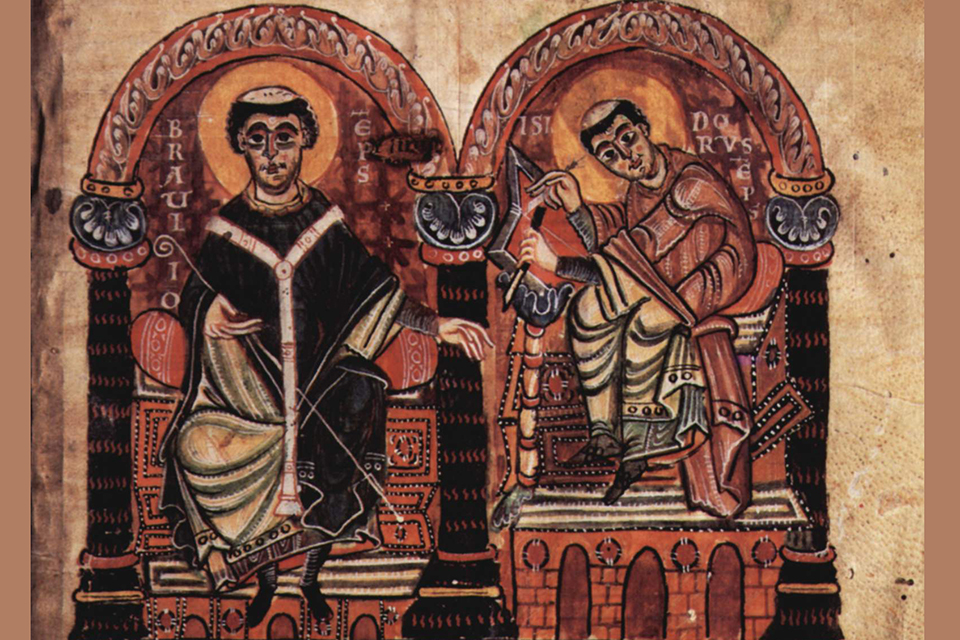
Isidore of Seville was a renowned scholar, theologian, and archbishop who lived in Visigothic Iberia from around AD 560 to 636. He had a profound influence on education and scholarship in Medieval Europe.

This year, the city of Bamberg commemorates the death of Henry II, while the city of Mainz focuses on the coronation of their Emperor Conrad II
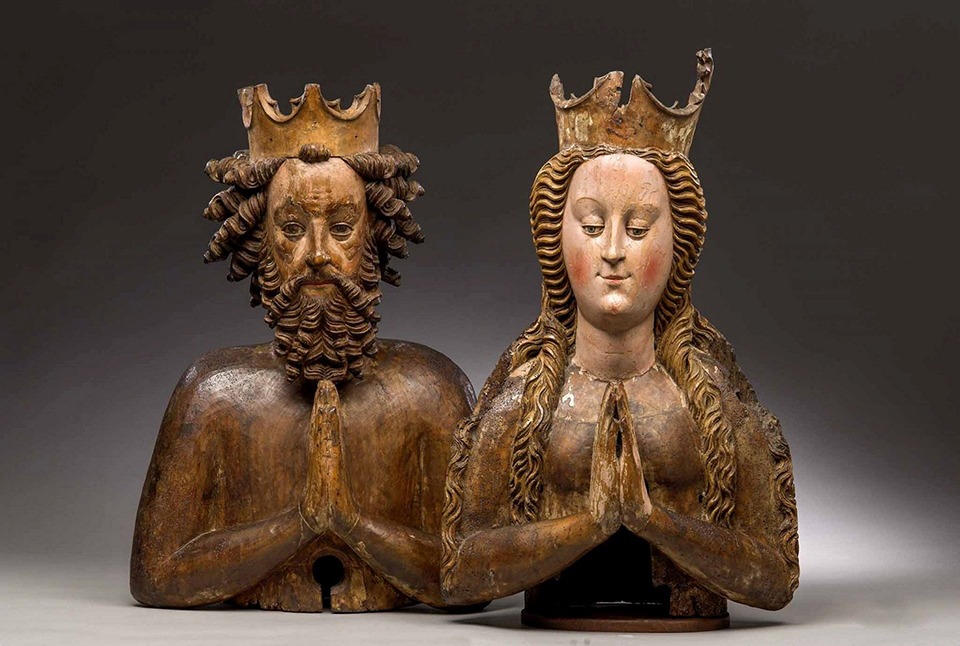
Bamberg will host an important exhibition in the autumn 2024 focusing on the daily life at the imperial court of Henry II and Cunigunde

Two new books explore in detail the precious and unique imperial garments preserved in Bamberg Cathedral's treasury

This year, the Abbey at Reichenau celebrates its foundation in AD 724, the first monastery in present-day Germany. The anniversary is celebrated with a major exhibition in Konstanz.
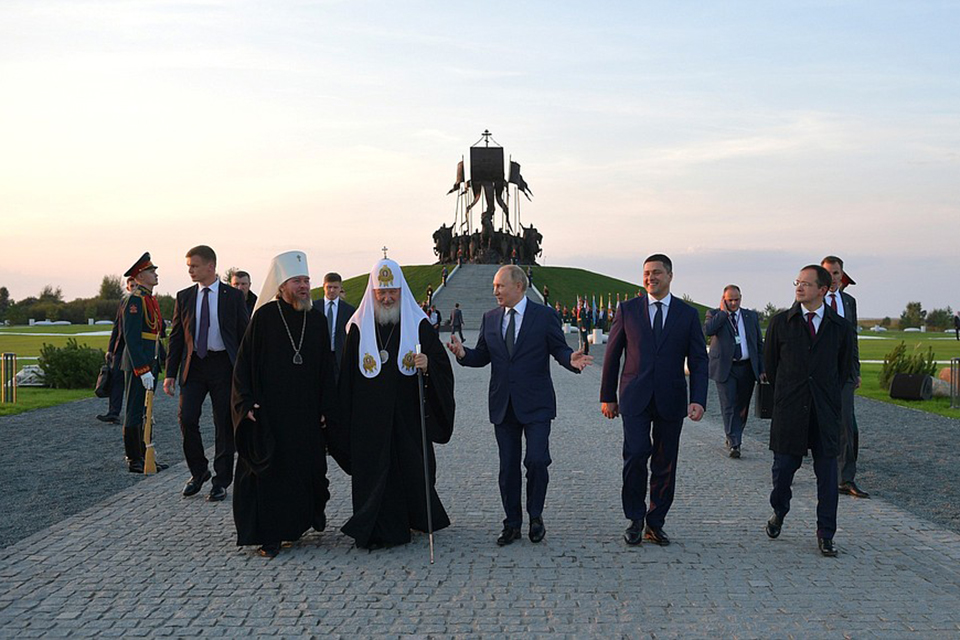
How does Putin get his people to accept a megalomanic dream and a senseless war? By referring to a glorious medieval past, it appears.
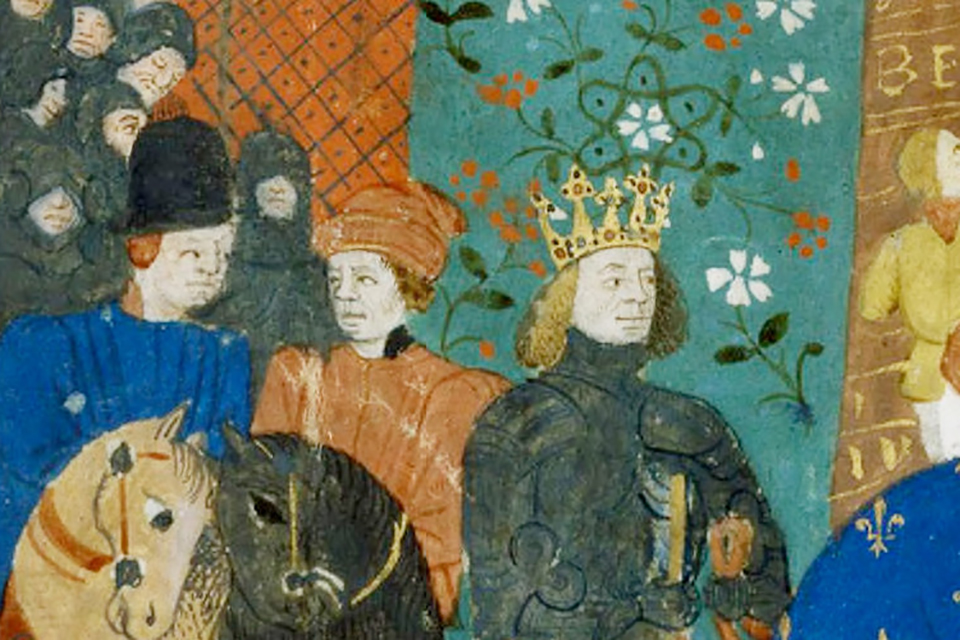
The French king, Charles VII is known for his long reign and his success in ending the Hundred years' War. But he also presided over the gradual employment of numerous bourgeois jurists and merchants paving the road for the shift from charismatic to bureaucratic leadership.
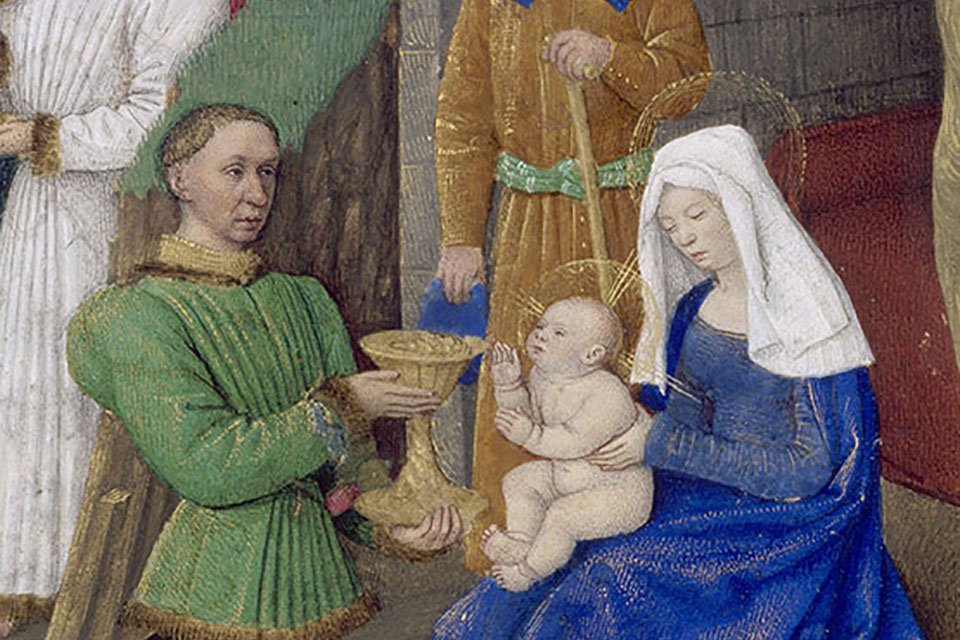
New exhibition at the Musée de Cluny this spring focus on the artists and forms og art in France during the reign of Charles VII
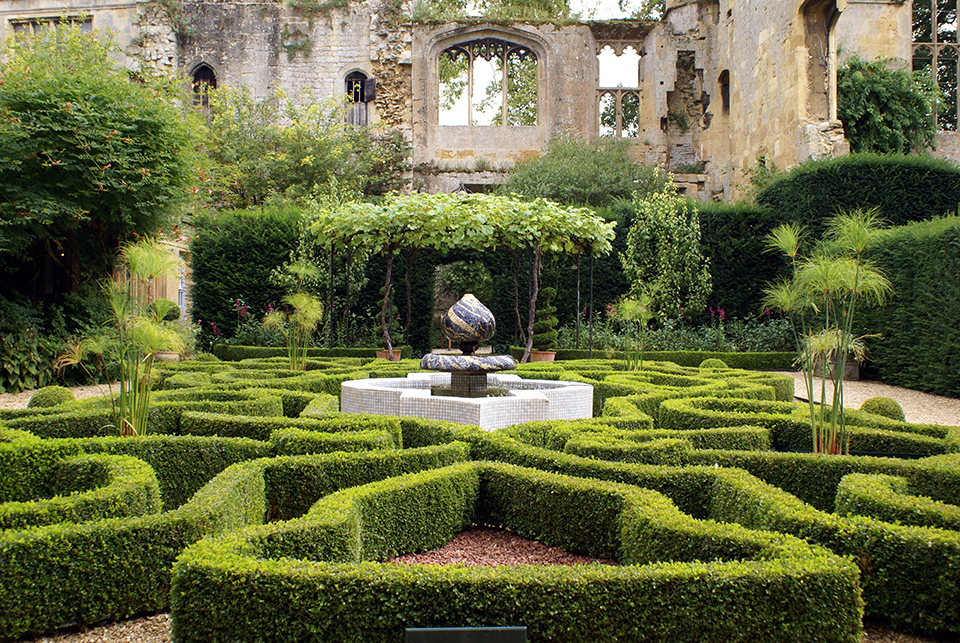
A new doctoral dissertation explores tehe private world of Tudor gardens from a historical anthropological perspective